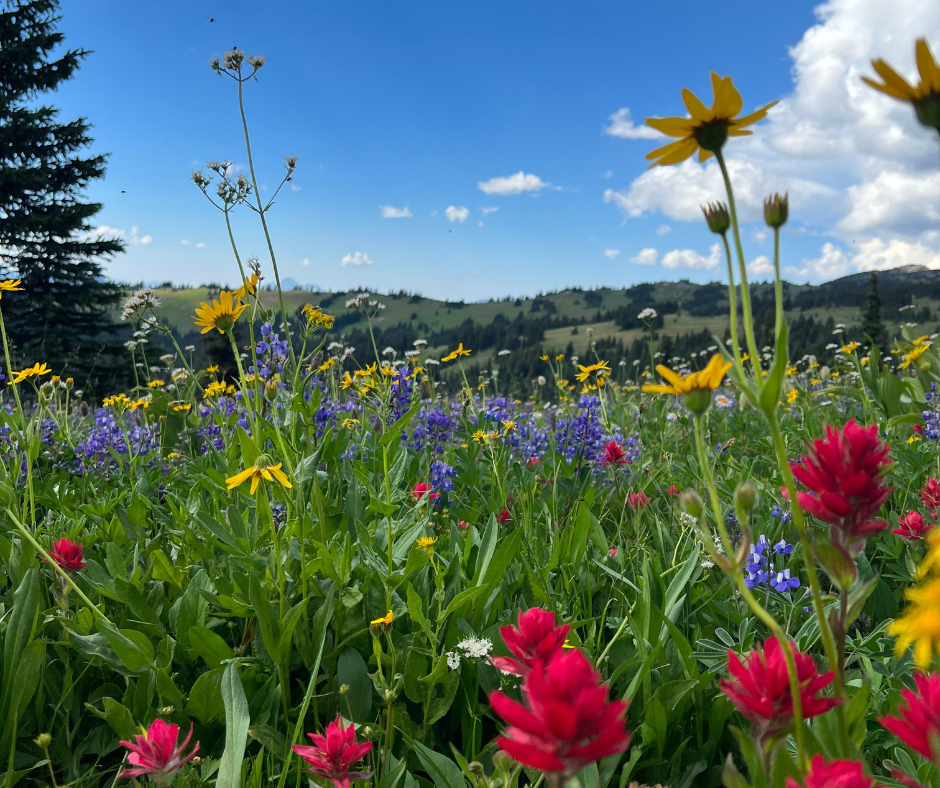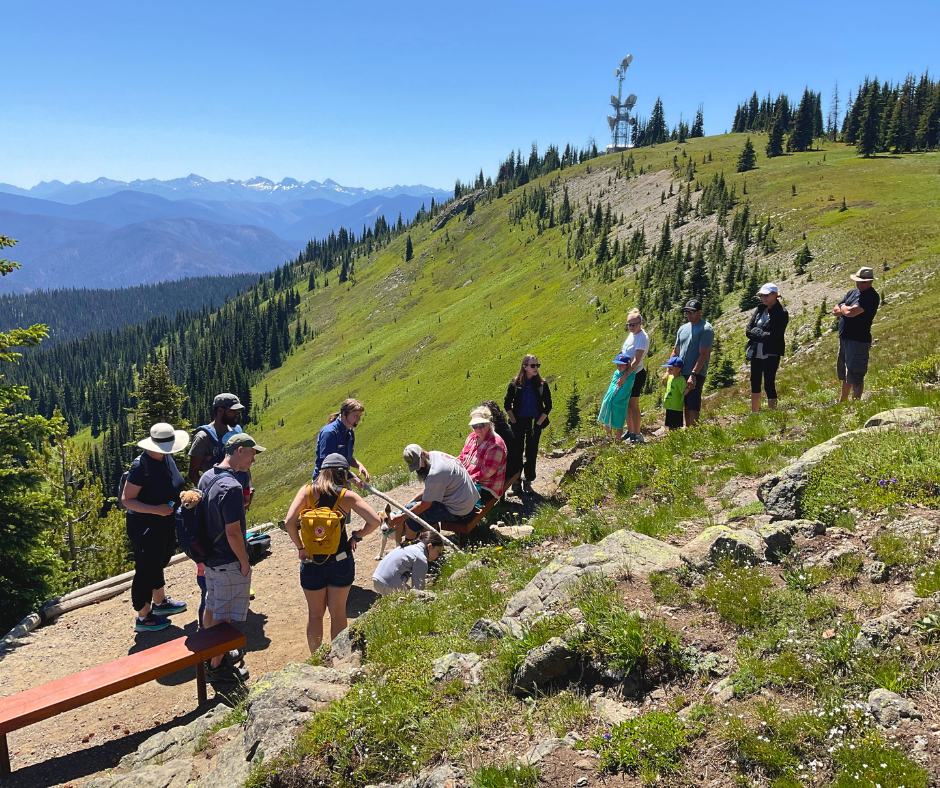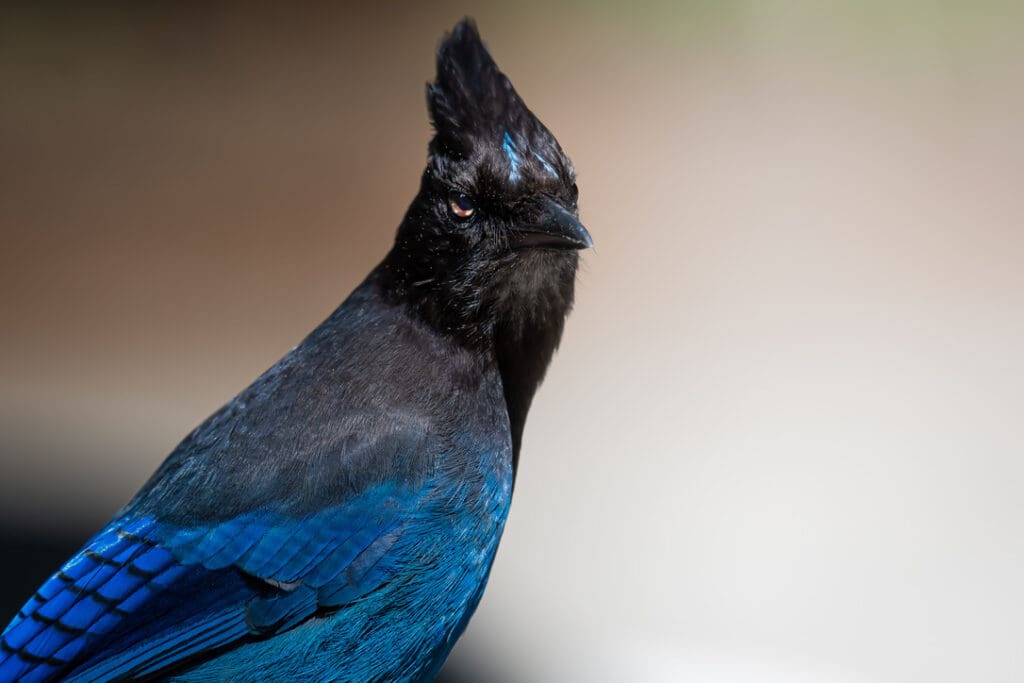explore nature
Discover Manning Park's Wildlife Haven
The mountains, lakes, and meadows surrounding Manning Park Resort provide a habitat for an abundance of wildlife and birds. Often you don’t have to wander far past Manning Park Lodge to catch a glimpse of our animal neighbours.
With over 206 species of birds and 63 species of mammals living in Manning Park, there are many opportunities for viewing. See wildlife and birds along alpine trails and meadows, as well as at Lightning Lake, the edge of the Similkameen River and the park day-use areas.
Often-glimpsed wildlife includes yellow-bellied and hoary marmots, pikas, ground squirrels, bears, moose, deer, beavers, river otters, coyote, lynx, and even the occasional cougar.
Manning Park Resort offers rare glimpses of wildlife you won’t find close to home!
Wildlife & Safety Information
Wildlife such as black bears should never be approached when encountered. These animals are not tame or gentle; they are unpredictable and potentially dangerous.
A Fed Bear is a Dead Bear. Bears normally make every effort to avoid humans, but a bag of garbage or an unattended picnic may prove irresistible due to their keen sense of smell. At Manning Park, we follow the recommendations of BC Parks when it comes to safeguarding wildlife. If you’re camping at Manning Park, please take a moment to familiarize yourself with these safety precautions and general camping ethics.
Wildflowers at Manning Park Resort
When you think of Manning Park in the summer, do you picture a valley filled with wildflowers? You’re not the only one.
Manning Park is home to over 100 species of alpine and subalpine wildflowers — and that’s about how many places there are in the park to enjoy them! Each year we are treated to a spectacle of bloom and colour at Manning Park that starts in the spring, builds to its peak in July, and continues through to fall.
Wildflowers can be seen along trails, in park areas, and near Lightning Lake and the Similkameen River. If you’re keen to experience a true wildflower spectacle, seek a higher vantage point at Manning Park: hike in to Poland Lake, the Alpine Meadows, and along the Skyline and Three Falls trails.
At Manning Park, you will find yourself surrounded by beauty at all times of the year, but to see wildflowers like you’ve never seen you really have to come in spring and summer.


Guided Wildflower Walks
Wildflower walks happen 5 days/week during the summer.
Friday-Monday & Wednesday, typically at 11am. Check the weekly schedule to confirm. Meet at Naturalist hut at upper parking lot on Blackwall Peak road.
This is part of Manning Park’s interpretive programs. Donations are greatly appreciated and help our programs continue!
bird watching
Manning Park is a prime birding destination due to all the species that frequent the area and the numerous and scenic viewing areas. The rare at-risk Spotted Owl is seen here, and there is a management plan in effect for both the Manning and Skagit Valley areas.
Manning Park hosts the Bird Blitz every year in June. This weekend event brings together birders from near and far to participate in two days of sightings with a dinner and guest speaker. See hopemountain.org for more on this annual event.

Recommended Birding Locations At Manning Park
Strawberry Flats
Beaver Pond
1km east of Manning Park Lodge, this roadside pond has long been a birder hot spot. Look for Spotted Sandpipers, Three-toed Woodpeckers or five species of swallow.
Mount Frosty
A full day hike into alpine terrain will bring you to Mount Frosty. Look for Gray-crowned Rosy-Finch and White-tailed Ptarmigan, not to mention Spruce Grouse and Boreal Chickadees along the way.
East Gate (McDiarmid Meadows)
A unique lowland meadow area near the Similkameen River. Here look for Red-naped Sapsucker, American Redstart, Northern Waterthrush, and Harlequin Ducks. Manning Park Resort offers unparalleled access to bird and wildlife viewing.
